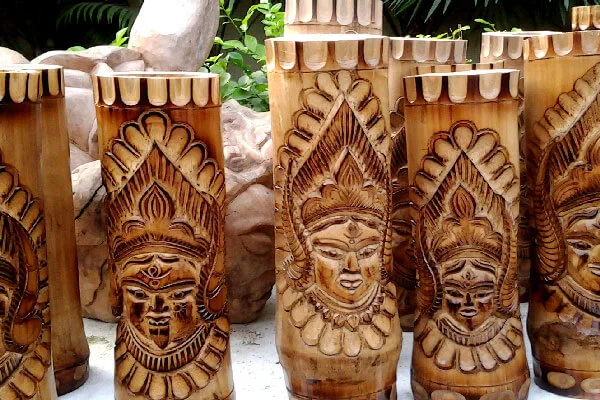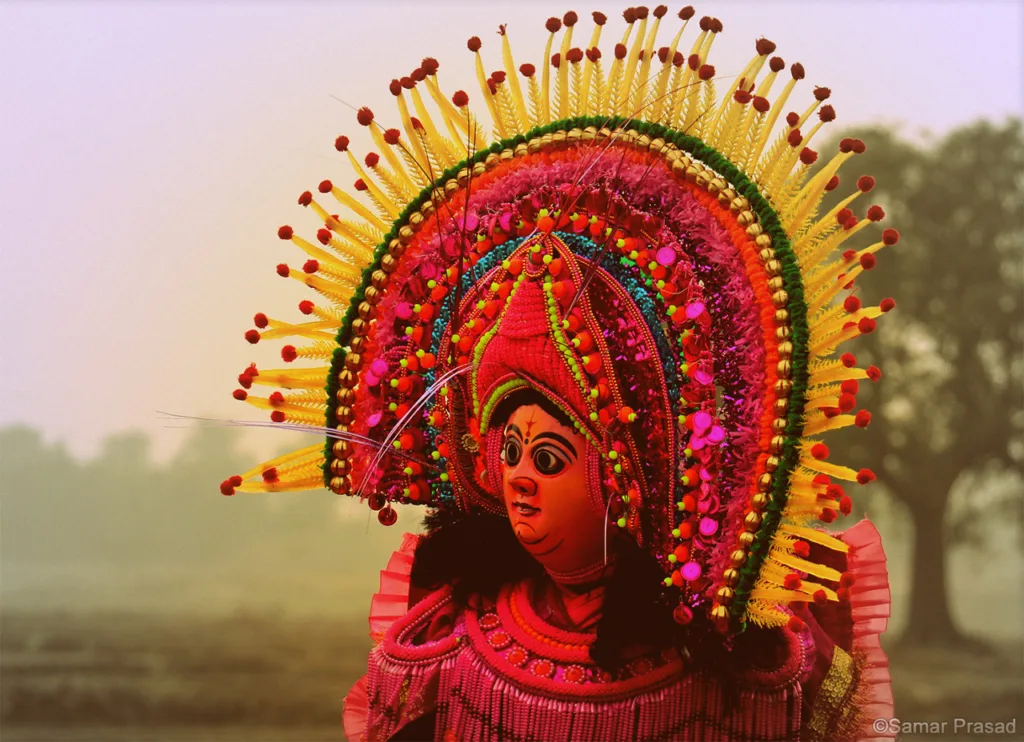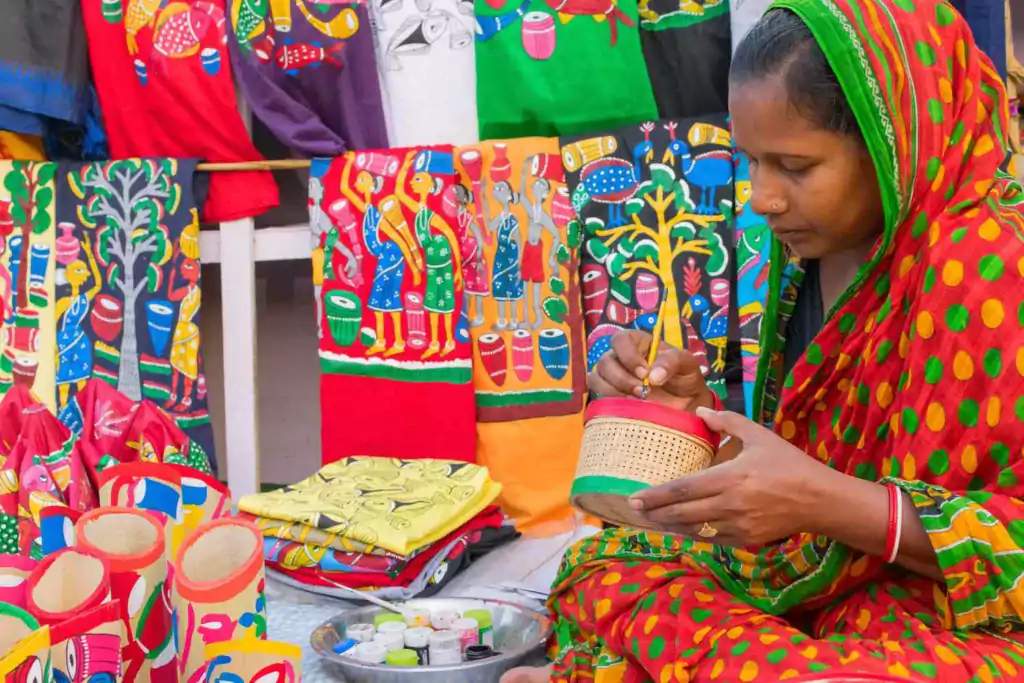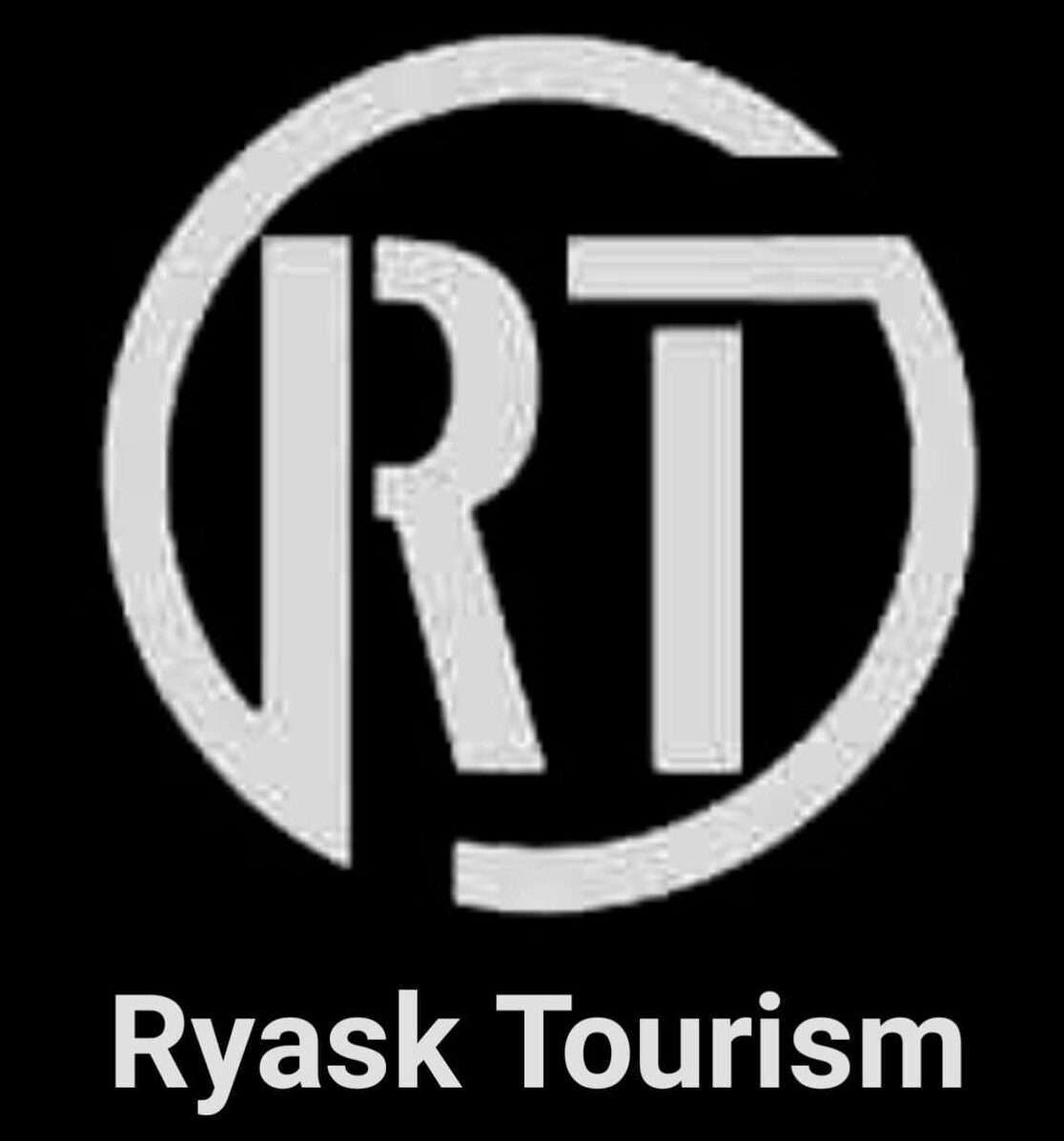Rural Craft & Textile Tours of West Bengal
Numerous art and craft villages have transformed into cultural tourism hotspots, attracting regular visitors. Prominent among these are Naya in Paschim Medinipur, renowned for its patachitra paintings, the chau mask village of Charida, the Dokra village of Bikna in Bankura, the Terracotta village of Panchmura, Sarta, the Madur village of Sabang in Paschim Medinipur, and the Kantha village of Nanoor. Additionally, emerging music villages like Gorbhanga in Nadia and Salkumar in Alipurduar are gradually gaining recognition as cultural tourism destinations. Village festivals play a crucial role in promoting these cultural tourism destinations. In the inaugural year of the project, 15 village and district festivals are slated to be organized.
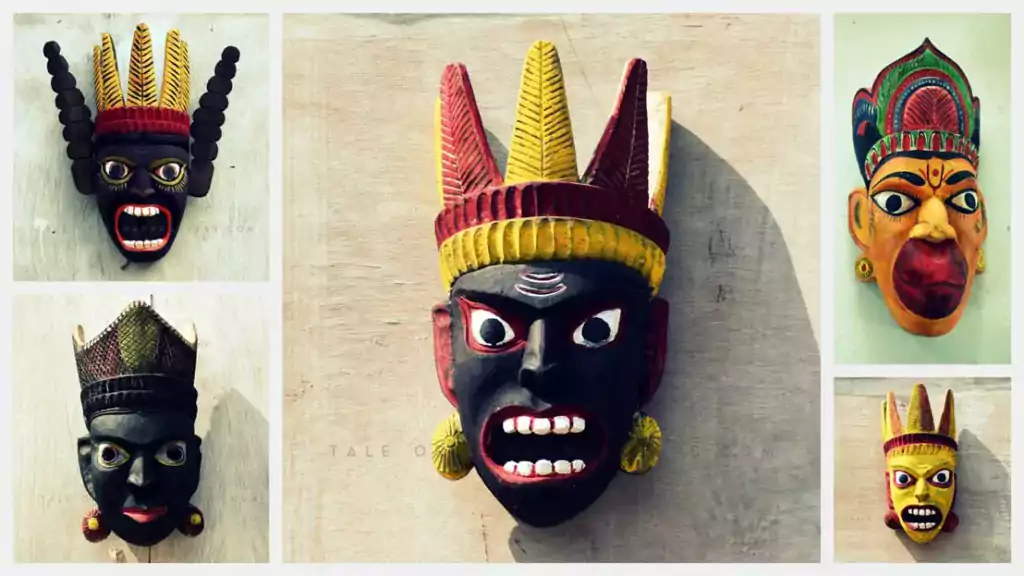
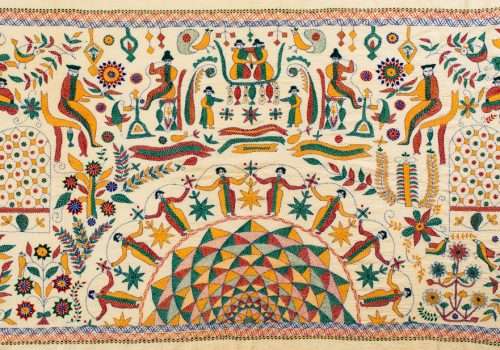
Craft Clothes And Textile Tour Of CALCUTTA / Kolkata
Bengal Rural Craft & Textile Tours Itinerary –
Day 1 – Morning flight to Kolkata. Afternoon visit to the Victoria Memorial. This domed Classical structure was completed in 1921 and features beautiful gardens, elegant sculptures of British notables and a rare collection of lithographs by Thomas and William Danielle. Today we will also visit the romantic Park Street Cemetery, which dates back to 1767 and contains the remains of many famous residents of Kolkata.
Day-2 Kolkata Heritage Walks
Start your day with a walking tour of the city. Morning visit to the Pareshnath Jain Temple, a mosaic garden built in 1867 featuring extensive stone and mirror inlay work, stained glass, and European-style sculptures and fountains. Next we will visit Kumartuli, Area of the Potters, where intricate figures of Hindu gods and goddesses are made. Afternoon tour of BBD Bagh, the heart of old Kolkata. This area contains a number of British colonial buildings dating from the 18th and 19th centuries, including St. John’s Church, the General Post Office, the High Court, the Government House and the Writers’ Building. Enjoy a short ride in the iconic Tram .This will be followed by a walking tour through New Market, with its myriad of tiny shops selling everything from vegetables and meat to china, DVDs, perfume, jewellery and flowers. Have dinner in authentic Bengali Restaurant.
Day-3 Murshidabad,Bharampur(Shantipur,Phulia Saree, former capital of Bengal)
Today we will begin our exploration of the rich textile and craft heritage of West Bengal. After the partition of India, a number of skilled weavers from Bangladesh settled in villages around Baharampur in the eastern part of the state. As we drive north from Kolkata, we will visit a number of these villages, such as Shantipur , Phulia and Beldanga, known for their silk and cotton hand woven saris, dhotis, jacquards and jamdani (muslin) of superfine texture.
Arrive in Baharampur in time for dinner. Baharampur 1 GI means that the textile or craft has been given a Geographical Indication by the government of India. A GI identifies a good as originating in a specific locality where a given quality, reputation or characteristic of the good is essentially attributable to its geographic origin, e.g., Darjeeling tea.
Day 5 – Morning visit to one of the largest silk thread production cooperatives in India, where we will watch silk being extracted from silkworm cocoons and spun into fine thread for weaving. Afternoon tour of Murshidabad, former capital of the nawabs of Bengal. The city was founded in 1704 by Nawab Murshid Quli Khan, governor of the Mughal emperor Aurangzeb. We will visit the site of the Nawab’s burial, Katra Mosque, which was built in 1724 and was modeled after the great mosque at Mecca. We will also visit Hazarduari, or “A Thousand Doors. Murshidabad is also a centre for shola pith (Indian cork) carving. Artisans create beautiful decorative objects and bridal headwear from this unique, light-weight material, which is also the plant used in the sola topi, or European colonial pith helmet. Baharampur
Day 6 – Shantiniketan (Kantha Stich, Dying, Baul Folk Songs u0026amp; Tagore’s Viswa Bharati)
Morning departure for Shantiniketan, founded in 1921 by Rabindrinath Tagore, a revered poet, writer, musician and playwright. In 1913, Tagore became the first non-European to win the Nobel Prize for Literature, and he is the author of the national anthem of both India and Bangladesh. Tagore founded Shantiniketan (now Visva Bharati University) with the goal of creating a traditional Indian system of education in which gurus teach their disciples in open air, with an emphasis on the arts, humanities and Bengali culture. After lunch we will visit some of the textile villages around Shantiniketan, including those known for elaborate batik work and tasar silk weaving. We will also watch women doing traditional kantha (GI) embroidery on quilts, garments and other household items. This art form blends floral, animal and geometric thread designs with images depicting the day-to-day life and culture of the rural women of West Bengal. Shantiniketan
Day 7 – Morning visit to the Uttarayan Complex at Shantiniketan, where Tagore lived and worked. Here we will view outdoor artwork by contemporary masters such as Nandalal Bose, Ram Kinkar Baij and Binod Bihari Mukherjee. We will also visit the Vichitra Museum, which houses a collection of artifacts from Tagore’s life, including his many sketches and paintings. Afternoon visit to a community workshop for embossed leather goods (GI) and to a local jeweler who utilizes only organic plant material in his fanciful designs. Shantiniketan
Day 8 – Bankura–Bishnupur (Dokra,Terrocatta pottery,Dash Avatar Cards,Lantern )
Morning drive to Bishnupur, stopping en route at the village of Bikna, where they create primitive metal sculpture using the dhokra technique, a form of lost-wax casting. Afternoon tour of Bishnupur, known for its jewel-box terracotta temples. The Shyama Raya temple was built in 1643 and is completely covered with terracotta friezes depicting scenes from the Ramayana and the Bishnupur life of Lord Krishna. The Rasa Mancha temple resembles a flattened pyramid and features 108 symmetric pillars around its base. Other temples to be visited include Jor Bangla, Madan Mohan and Shridhara. After dinner we will return again to these temples, which are beautifully illuminated every evening.
Day 9 – Midnapore(Patachitra)
Morning visit to a village of potters that create the region’s famed Bankura horse votives out of red terracotta. This will be followed by a visit to local Baluchari sari weavers (GI), whose magnificent silk-on-silk embroidered textiles and garments are sought after by women all over India. We will next meet several artisans that carve intricate blowing shells and bracelets out of conch shell. The bracelets, which are often inlaid with red lac or gold, symbolize in West Bengal that the wearer is married.
Afternoon drive back to Kolkata, passing through Midnapur, a center for maslond grass mat weaving. These mats feature subtle patterns created using the natural pigments of the grass and can be as soft as woven cotton. You will also meet a group of patuas, artists who create patachitra scroll paintings on cloth or palm leaf. This ancient art form uses natural vegetable and mineral colors to create detailed paintings depicting scenes from Hindu mythology and everyday village life. Arrive in Kolkata in time for dinner. Kolkata
Day 10 Kolkata Heritage Walks
Morning visit to the Agri-Horticultural Society of Calcutta, the oldest horticultural society in India, founded in 1820. This will be followed by a visit to Kalighat, a crowded and chaotic Kali Temple that is also Kolkata’s oldest pilgrimage site. Early evening visit to Belur Math, headquarters of the Ramakrishna Mission. The site was built in 1938 and embodies Ramakrishna’s philosophy of the unity of all faiths. The ground plan is in the shape of a cross, and the architectural elements borrow from Mughal, Buddhist and Hindu aesthetics. Kolkata
Day 11 Kolkata Heritage Walks
Morning visit to the bustling Malik Ghat flower market along the banks of the Hooghly River. Next we will visit the Indian Museum, the oldest and largest museum in India which houses an array of ancient artefacts, sculptures, coins and paintings. Afternoon flight to Mumbai or Delhi to catch your return flight.
INCLUSIONS/ EXCLUSIONS
Your trip cost includes:
- All accommodations (based on double occupancy);
- All meals
- Ground transportation (car/train/boat);
- Flights within the Indian subcontinent, including all required taxes and fees;
- All airport transfers;
- Baggage handling and porterage;
- The services of experienced, English-speaking guides;
- All monument/museum/site entry fees;
- All gratuities except for senior tour guides;
- 24/7 emergency medical/security evacuation services;
- Bottled water in all vehicles; and,
- All required local taxes and fees
- GST
Your trip cost does not include:
- International flights
- Items of a personal nature such as laundry, telephone calls, Internet/business center expenses, spa/salon services and room service;
- Alcoholic beverages;
- Excess baggage charges;
- Trip cancellation/interruption, baggage delay/loss and supplemental medical expense insurance – highly recommended;
- Visa/passport processing costs; and,
- Immunizations and prescription medications required for travel.
